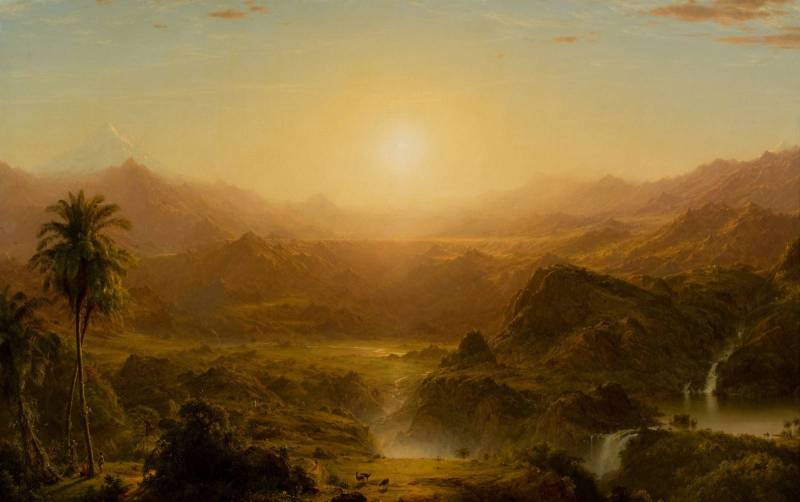
The Andes of Ecuador – Frederic Edwin Church
Let’s geek out today about all the great things edges can achieve in a painting, shall we?
Edges are any kind of transition area, such as where the subject of a painting ends and the background begins. An edge can also be where one plane transitions to another, or where the edge of a shadow lies (whether it is a cast shadow, or the edge as a plane turns from shadow toward the light). Edges are the places within the painting where, as a sketch, it might have been represented as a line. Edges can be sharp, firm, soft, or lost, and artists can use those to control what is in focus in a painting, to create a hierarchy of importance within the image.
But they do so many other things! Edges can emphasize texture, or inject vibrant color without throwing off the color palette. They don’t just transition from firm to soft, but also from warm to cool. Edges can be used to emphasizing gesture, to contour the form, or amplify light. There’s a great deal of personal aesthetic, style, and atmosphere that comes only in how we choose to handle our edges. These are the aspects of edges that I would like to geek out about today.
Since I’m not going to be talking about the sharpness/blurriness of edges or about when or why to adjust the sharpness of an edge, here are some great resources about edges:
https://www.muddycolors.com/2015/04/10-things-about-edges-2/
http://gurneyjourney.blogspot.com/2008/06/depth-and-edges.html
https://www.muddycolors.com/2016/05/edging-in/
https://gurneyjourney.blogspot.com/2008/04/edge-induction.html
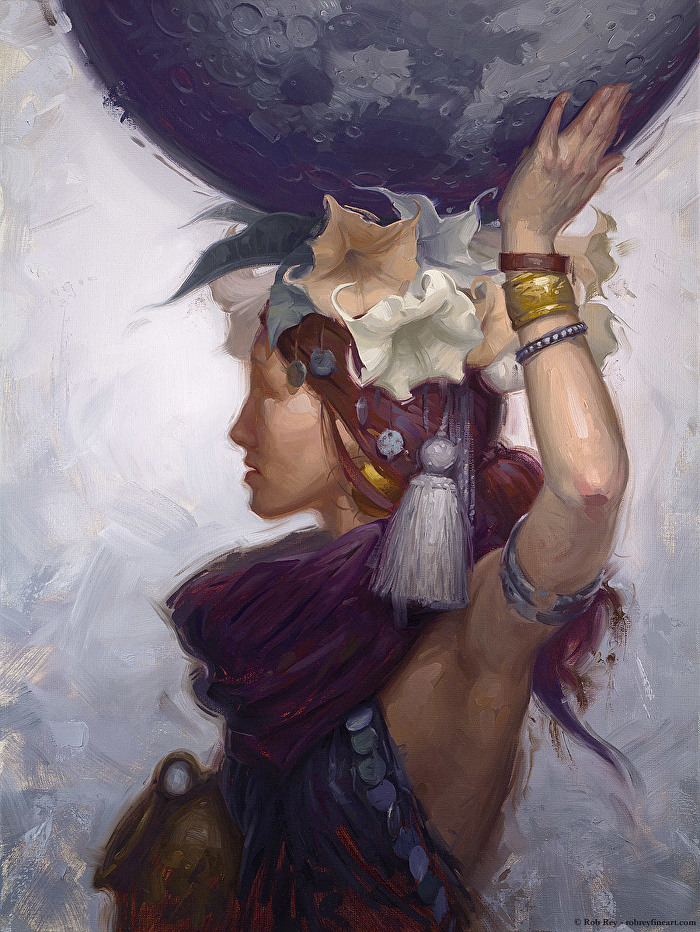
Transit of the Moon – Rob Rey
Rob Rey’s edges are exquisite. The edges along the front of the scarf go from contouring the form as it curves away from us, to two sharply gestural edge strokes that feel like the decisive lines of a gesture drawing. The staccato and occasionally rough edge along the moon’s left side give us an impression of a course surface to touch, in a way that at-scale craters simply couldn’t do alone.
In fact, Rob Rey’s edges feel particularly musical, with tenuto, marcato, staccato, legato, and even glissando strokes distributed virtuosically throughout his work. I would certainly characterize that emphatic stroke interrupting the soft edge of her hair as marcato, and the beautiful edge along her extended forearm as legato…long, smooth, and connecting.
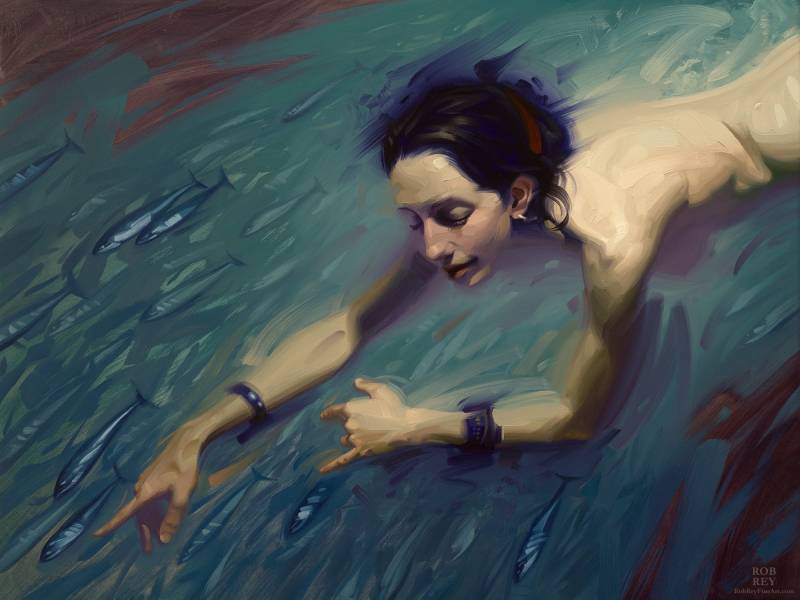
With the Flow – Rob Rey
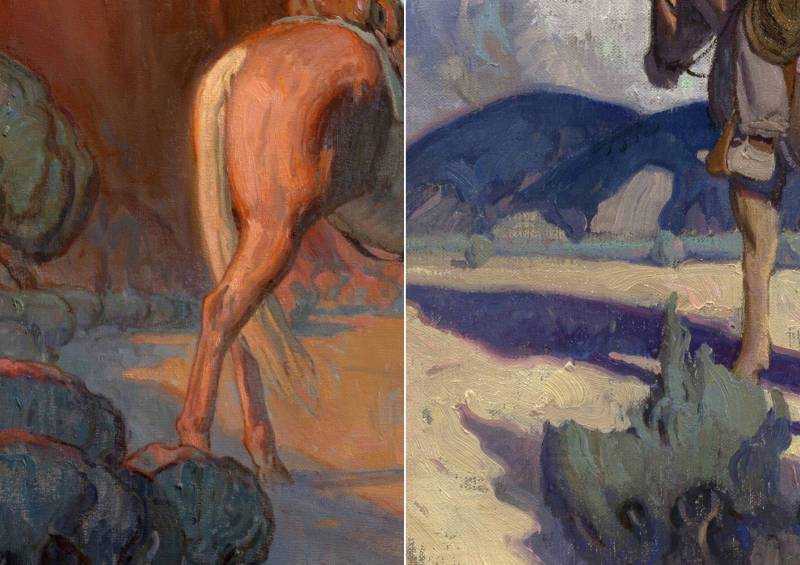
Close-ups of Scarlet Conclusion and Destination Unknown – Eric Bowman
Eric Bowman injects vibrancy into his paintings here through his edges. He varies the edge color along the mountain top and within the uppermost edge of the horse’s shadow in Destination Unknown, showing that edges can move between more than just sharp and soft. The bright red-orange edges in Scarlet Conclusion lend the intensity of the golden hour sunlight without subjugating the painting to the highly saturated color.
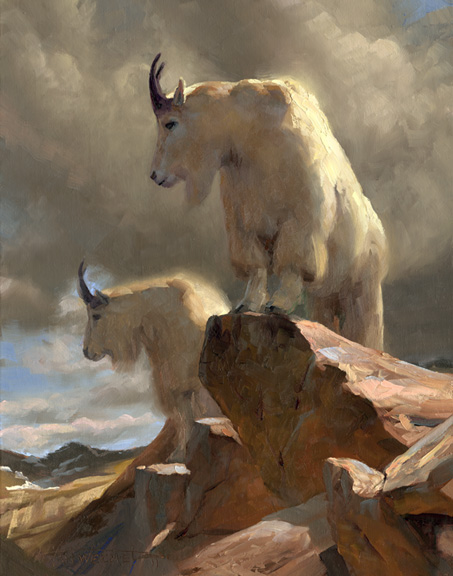
Watchtower – Dustin Van Wechel
The brightest part of a painting is only as bright as the light bouncing off the canvas, or in the case of digital work, as your screen is. Edges can make a perfectly white surface, bouncing all available light, appear still brighter. Above, Dustin Van Wechel’s white mountain goats glow. Below, James Gurney achieves a warmer glow with a thin edge along the back of the resting dino, leaving the highlight itself white.
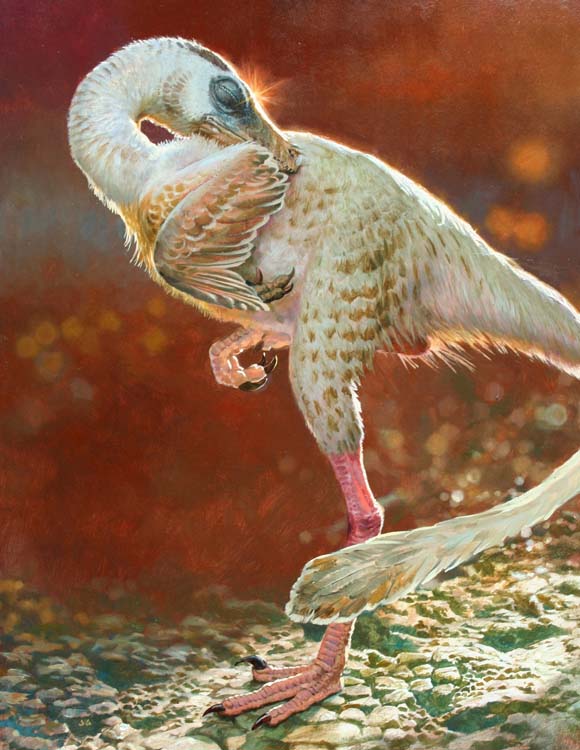
Mei Long – James Gurney
Our eyes experience brightness separately from color…take the laser pointer directly in the eye (or maybe don’t!) or the red sun touching the horizon. When painting, the saturation of a color collapses as we push it brighter, since the canvas emits no light of its own. If you’re painting an intensely bright, blue object, you may choose to compromise on the brightness to maintain the color blue, compromise on the blueness to achieve the brightness, or you can do as Ryan Pancoast has done below. The manta ray itself is largely white, but its edges lend the blue hue. It is hard to believe it’s the same white as the white of the page containing the .jpeg. One could argue that this is a glow and not just an edge…but the ray would still read as a blinding bright blue if the blue were confined to a soft edge.
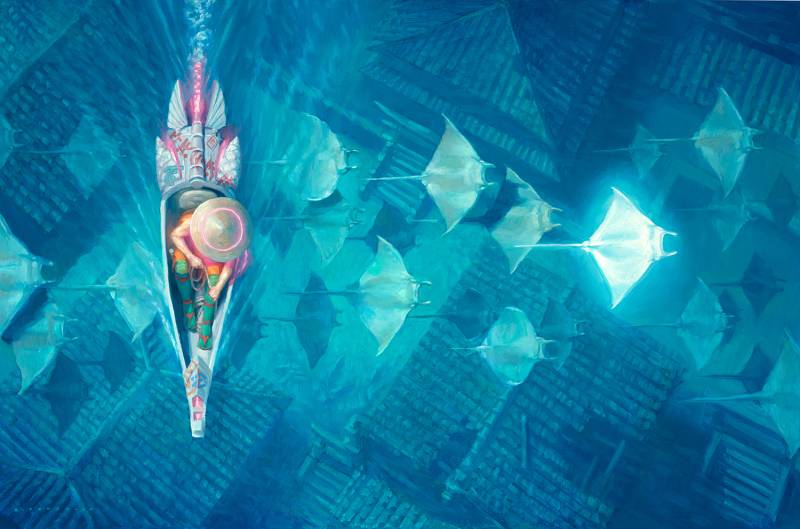
Discover the Impossible – Ryan Pancoast
In Carnation, Lily, Lily, Rose, Sargent has left bright teal along the edges of the figures’ dresses and hair, as well as peeking at the edges of many flowers in the background. I have not seen the painting in person, but going by this capture of it, the dark background is of low-saturation, and these edges inform the color of it. It may be the case that like Scarlet Conclusion above, where the dark background color could be achieved a more saturated teal but doing so would drain the life from the delicate pink, red, and blues, or it may be that these darks could not be achieved while also maintaining a higher chroma. I suspect both might be true.

Carnation, Lily, Lily, Rose – John Singer Sargent
How an artist applies edges greatly affects the aesthetic of their body of work. I remember years ago struggling to understand what edges were and why they mattered if so many artists seemed to manage without them…assuming that if an artist had a tight range of edge quality, then they were simply disregarding edges entirely. I love the work of Logan Maxwell Hagege, which at first glance may seem to thrive with all sharp demarcations…but the artworks’ unique look is only possible because of a very discerning application of edges.
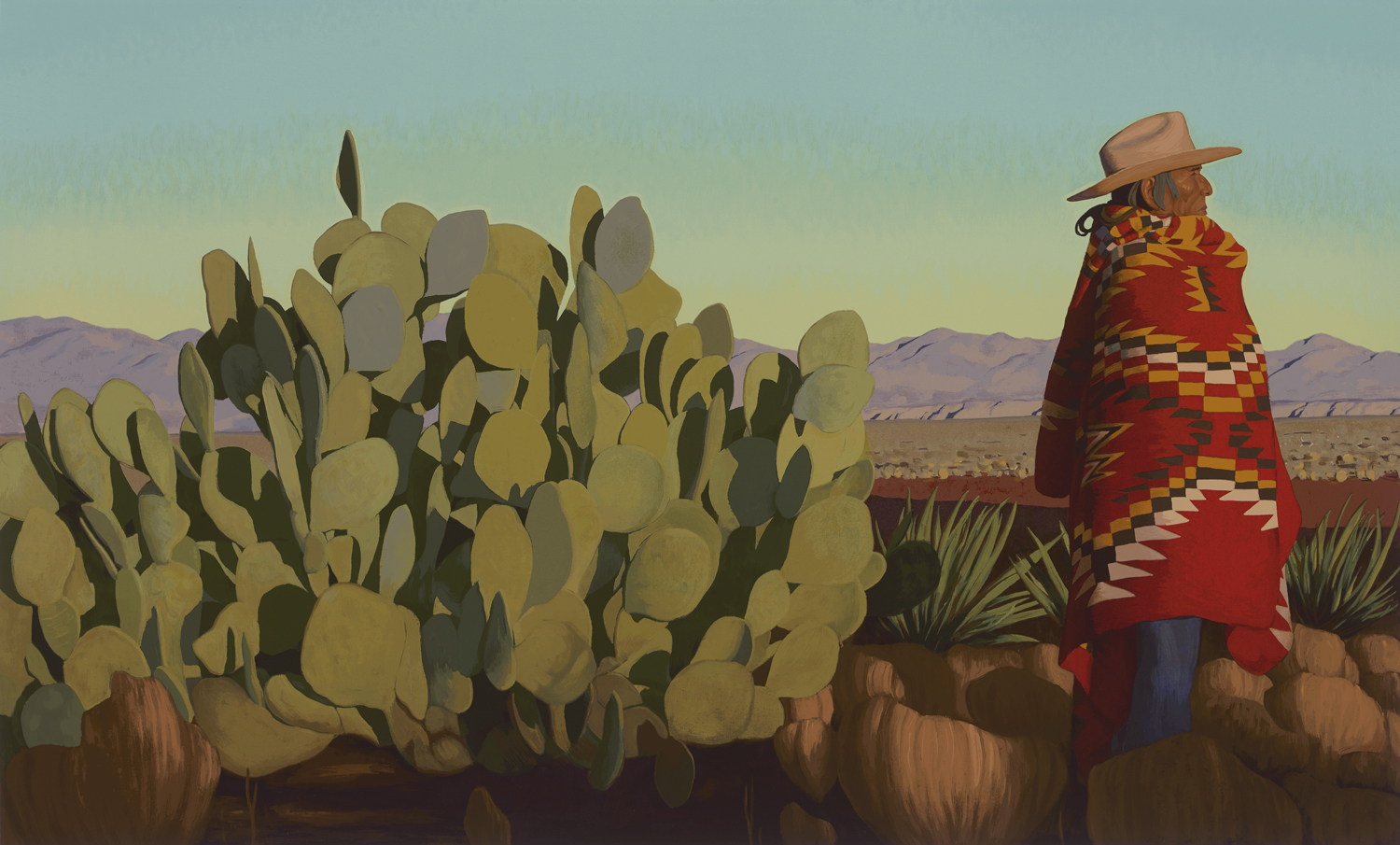
ARIZONALAND – Logan Maxwell Hagege
In Arizonaland, objects are grouped together and outlined by sharp edges, but contain the full variety of edges within the group. There are soft edges in the figure’s clothing and face, between the clumps of grasses, and soft and lost edges throughout the prickly pear. What I once interpreted as a disregard for edges, it is a very careful, conscious, and unique organization of them!
In Where the Clouds Grow below, the clouds are grouped together. The edges vary within the clouds, from a sharp shadow cast from the leftmost tower onto its neighbor, to each soft terminator edge where the clouds turn away from the yellow sunlight into blue. However, the bulk of the clouds as a unit have a colored line for an edge…a warm, burnt sienna on the sunlit side, and dark blue in the shadow side.
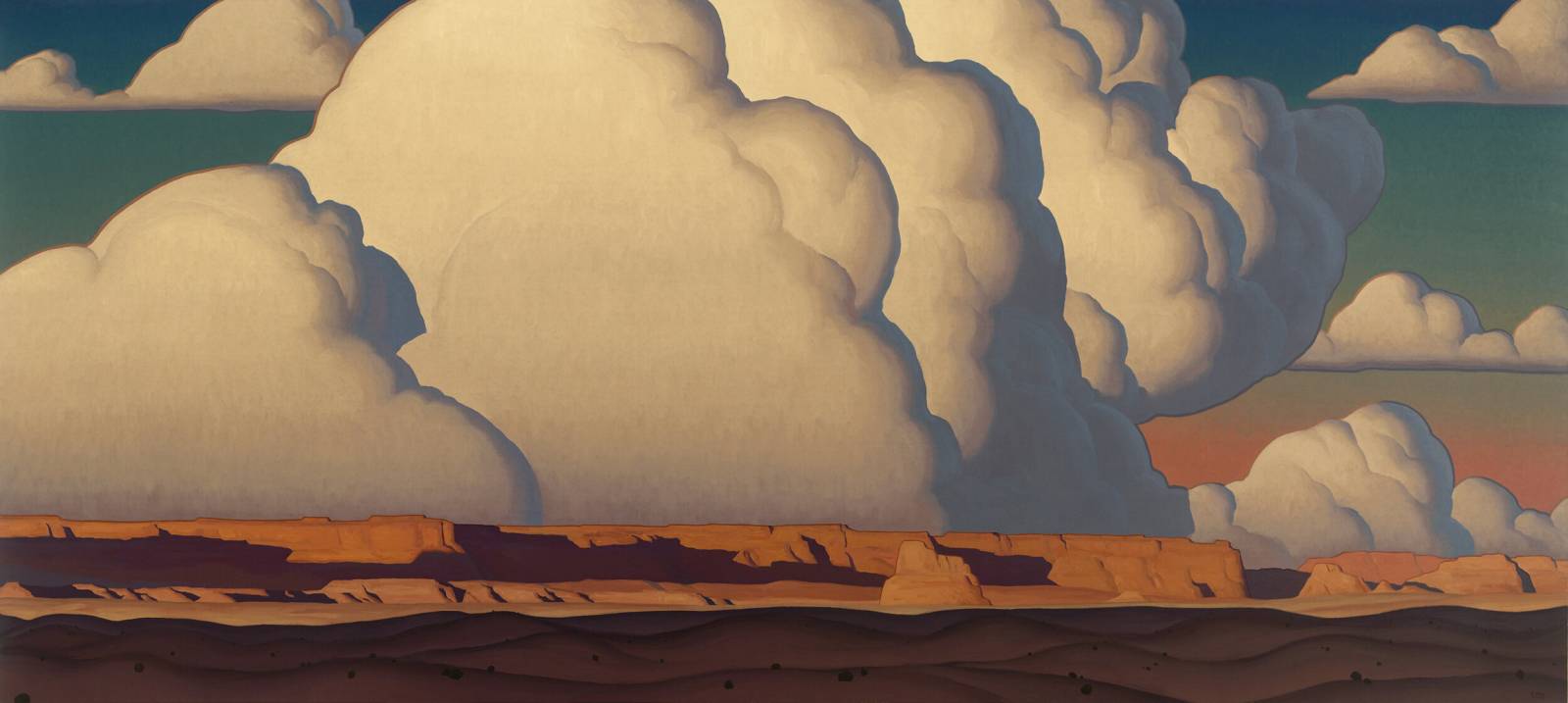
Where the Clouds Grow – Logan Maxwell Hagege
Putting this together inspired me to go back and spend an unplanned 3 hours on my current project, pushing some edges past my comfort zone. I hope these excellent artworks inspire you to do so too!


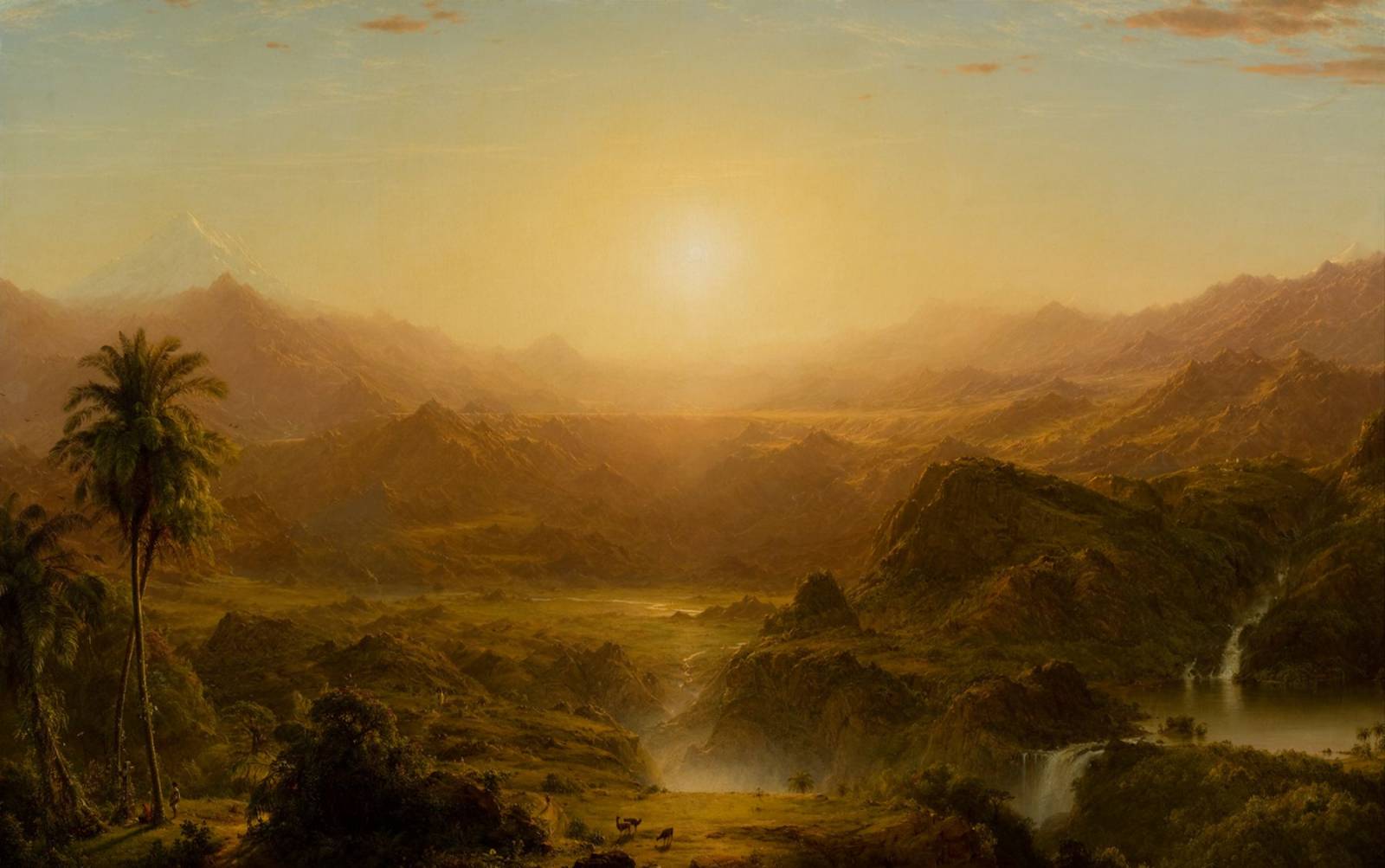

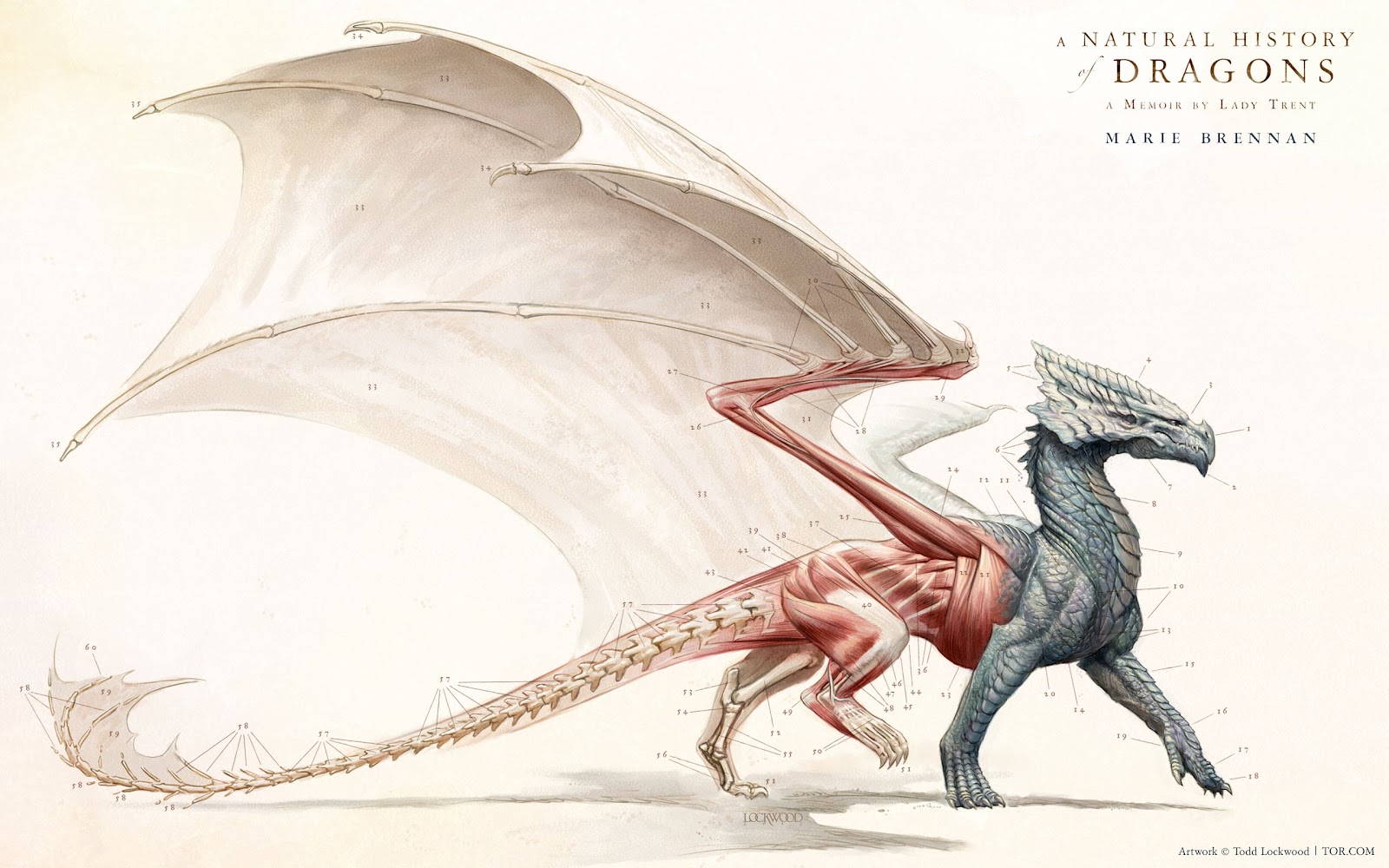
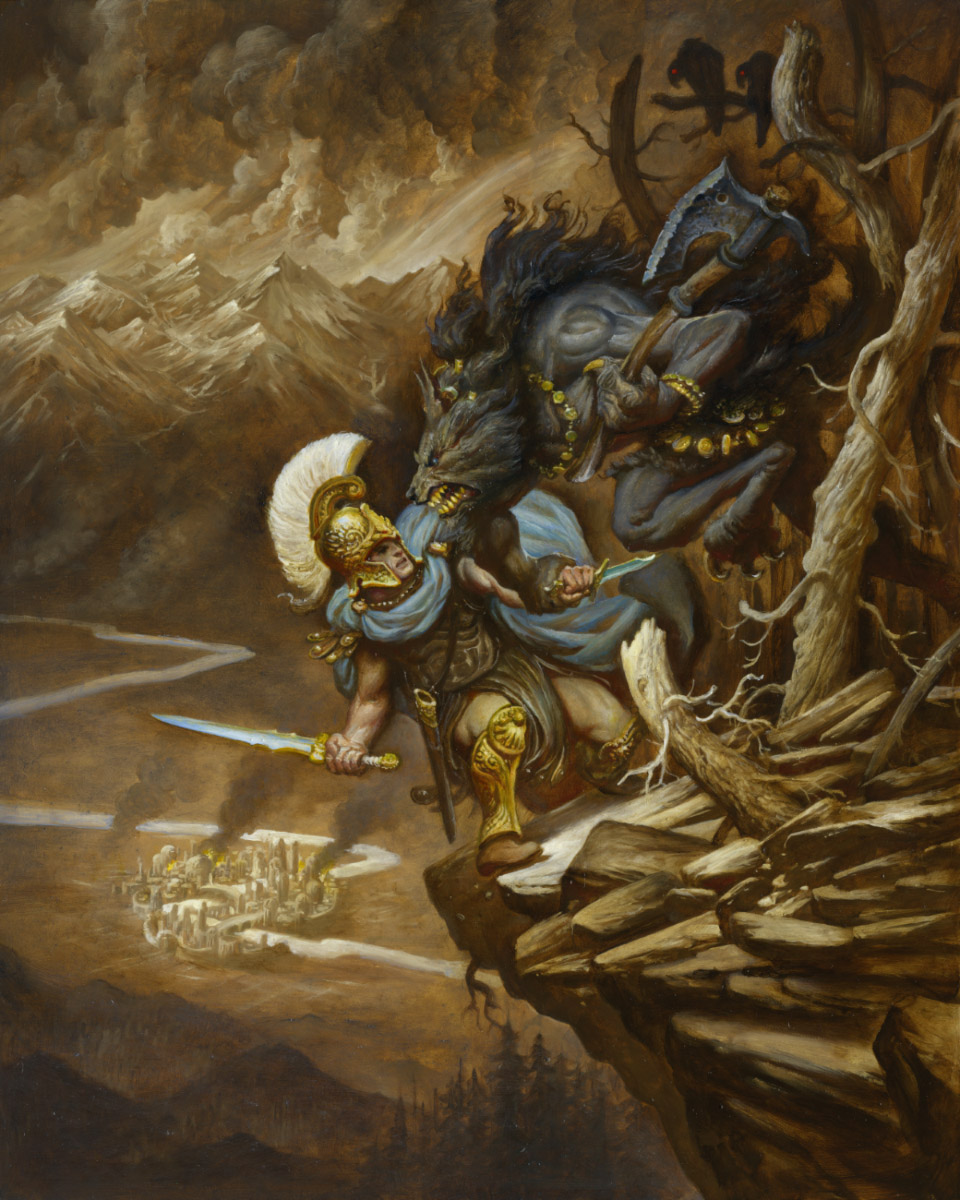
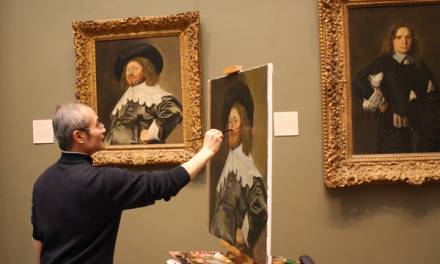
Oh, my, Sarah… my eyes don’t appreciate colors as they once did, but these are just magnificent…. can you please post some of your allowable works over time.
Thank you for the glimpse artists’ works you included. The illustrations and expansions on the were so detailed and rich.
Transitions, warm to cool, light to dark, saturated to desaturated, one object into another, have been occupying my thoughts and focus a lot lately. So your article exploring edges feels very timely. I thoroughly enjoyed it.